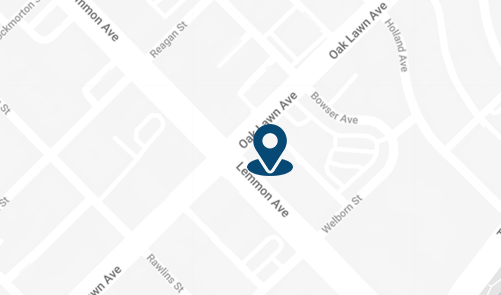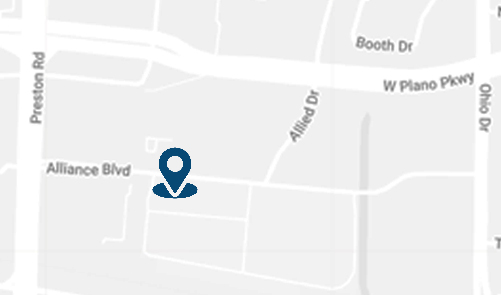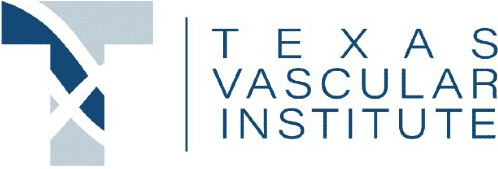By: Dr. Dev Batra | 01.29.23
Varicose veins are common, affecting some 3 in 10 adults, most of them women. These swollen, twisted, red-to-blue-colored veins most commonly form on the surface of the legs, feet, and especially the calves, as standing and walking place a great deal of pressure on the veins in those regions.
At Texas Vascular Institute in Dallas, Texas, vascular and interventional radiologist Dr. Dev Batra understands that although varicose veins are rarely a medical problem, they can be quite the eyesore. He’s committed to removing them with the latest technology — ultrasound-guided sclerotherapy. Here’s what he wants you to know about your veins and this innovative treatment.
What are varicose veins?
Your heart pumps oxygenated blood to the tissues and organs of your body through a network of arteries and returns the deoxygenated blood to your heart through a system of veins.
Veins in your lower body, such as in your legs, have to push the blood “uphill,” or against gravity. They accomplish this, in part, by using one-way valves. The valves open, allowing the blood to pass, then they close, so the blood continues to move forward.

However, sometimes a valve becomes damaged or leaky. In these cases, the blood can flow backward along its path, pooling around the valve. It’s this blood that causes the veins to become engorged and twisted.
Aside from being unsightly, varicose veins can have many associated symptoms, which include:
- Legs that feel achy and heavy
- Swollen feet and ankles
- Muscle cramps along the legs
- Dry and color changes on the skin of the lower leg
Medically, varicose veins are not usually of concern, unless they’re located deep within the tissue. However, you still may want to have them removed so you don’t feel so self-conscious about the appearance of your legs.
What traditional treatments are used for varicose veins?
Of the many different treatments for varicose veins, doctors will usually start with the most conservative.
Compression stockings
Compression stockings range from over-the-counter varieties to those that require a prescription. All are designed to assist the muscles in your legs push blood back to the heart through graduated compression.
Pain medications
OTC pain medications, including non-steroidal anti-inflammatory drugs (NSAIDs) such as aspirin or ibuprofen, can help relieve occasional swelling and pain.
Medical procedures
There are several medical procedures designed to close or remove the entire varicose vein:
- Laser treatments: uses light energy causing the vein to close and gradually disappear
- Radiofrequency ablation: uses heat from RF waves to seal the vein
- Ligation and stripping: a surgical procedure that strips the vein from the leg
Sclerotherapy is a common, minimally invasive procedure in which a chemical, usually a saline-based liquid called sodium tetradecyl sulfate (STD), is injected into the vein. This collapses the vein’s walls and causes internal clotting so the vein can no longer transport blood; the blood is rerouted to nearby, healthy veins.
The main issues using a liquid agent are that it can be difficult to distribute evenly inside the vein and difficult to precisely target the most effective treatment position.

How is ultrasound-guided sclerotherapy a more effective treatment?
Ultrasound-guided sclerotherapy uses a combination of oxygen gas and a foam sclerosant to target the optimal position for the injection. The gas, injected into the foam, functions as a marker for the ultrasound imaging. It allows Dr. Batra to see exactly where the foam goes within the vein so he can expertly target the proper area for collapse.
The foam allows for an even distribution of the sclerosant and rises against gravity to ensure optimal results. And because our team uses ultrasound rather than, say, X-ray guidance, there’s no radiation to worry about.
The procedure only takes about 30-60 minutes, after which our team may have you sit until any bleeding at the injection site stops. You won’t have to wear compression stockings afterward. Over the next few weeks, you’ll see the veins start to fade and disappear.
Ultrasound-guided sclerotherapy is especially effective for treating smaller veins, but Dr. Batra frequently combines this procedure with other treatments to remove even very large varicose veins or to enhance ulcer healing.
Are you tired of looking at veins you wish would just disappear? Well, you can do something about it. Give Texas Vascular Institute a call at 972-646-8346 to schedule an appointment, or book one online.
Read more blogs
What Is Heat Edema?
Learn what heat edema is, what causes it, and when it could signal a vascular issue. Learn how to manage it and when to seek vascular care.
Why Are My Veins Blue?
Wondering why your veins look blue under your skin? Learn the science behind vein color, how light affects what you see, and what it means for your health.
10 Warning Signs Of Poor Circulation And How To Fix It
Have you ever noticed your feet always feel cold, or your legs cramp up when walking? These could be warning signs of poor circulation, a condition that can impact your daily life and overall health.
WHAT OUR PATIENTS
have to say
Texas Vascular Institute always appreciates feedback from our valued patients. To date, we’re thrilled to have collected 378 reviews with an average rating of 5 out of 5 stars. Please read what others are saying about Texas Vascular Institute below, and as always, we would love to collect your feedback.
Leave a Review
Amazing Practice
I'm very particular with my Healthcare and tend to be cautious with referrals to specialists. This office is amazing from the first point of contact. Their staff are friendly, professional and highly knowledgeable. Then the Dr is just as amazing as his staff, absolutely brilliant. Office manager Jessica has this office running like a well oiled machine and does so with a smile, an air of confidence, kindness and professionalism. Love this practice!!
- Richard G.

Beyond Thankful
Dr Batra and his staff are amazing! We are so grateful to have found him. Everyone is so kind and so caring and Dr Batra explains everything so well and does procedures with excellence. Beyond thankful to be under their care!!!
- Bitsy P.

Gold Standard
This is a gold standard for how a medical practice should be run. I was promptly seen at my scheduled time, my ultrasound was thorough and I received plenty of attention and care from the staff and Dr.Batra.
- Weronika L.
INSURANCE
We accept most major insurance plans. Please contact the medical office for all insurance related questions.









8330 Meadow Rd #100
Dallas, TX 75231
For Appointments: 972-798-4710
General Inquiries: 972-646-8346

809 West Harwood Rd, Suite 101,
Hurst, TX 76054
For Appointments: 972-798-4710
General Inquiries: 972-646-8346

4716 Alliance Blvd Suite #180,
Plano, TX 75093
For Appointments: 972-798-4710
General Inquiries: 972-646-8346

